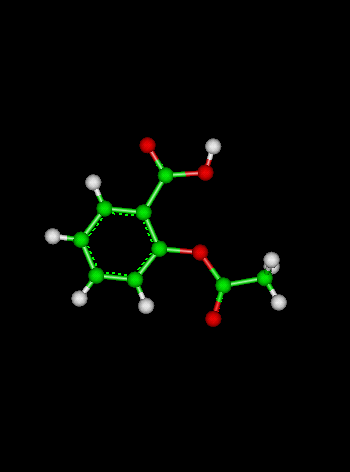
Course Chapters
Section Tests
Online Calculators Linear Least Squares Regression Newton's Method Equation Solver
Related Information Links
|
Units, Dimensions, and Conversions
Units and DimensionsAn experiment is performed in which exactly 2.3 gallons of fluid is heated and the temperature at which the fluid boils as noted as 253° F. Restate this finding using standard SI units (cubic meters and K).When measuring a quantity, the units we use are just as important as the numerical value we obtain. Stating that the mass of an object is one (1) says very little about the actual mass of the object. It is perfectly reasonable for an instructor to respond to such an answer: "One what???"
So, what are the basic units of measurement? Let's start with a list of some things we might measure:
Each of these quantities has a variety of units we might use. Here are a few examples.
The units in bold font are the base units used in the SI System of Units the recommended scientific system of units. In addition to length, mass, time and temperature, the list of base quantities includes three others you may not have seen before: electric current (ampere), luminous intensity (candela) and amount of a chemical substance (mole). The last unit (mole) is constantly used in chemistry and explained on the stoichiometry page. So, what do you need to know?
Combinations of UnitsWhen studying chemistry you will measure many quantities with units that are actually combinations of the base units. Be sure to include the units in your notes when you encounter a new term. Here is a list of quantities that you should already be familiar with from previous classes. Follow the link to a short description for those you don't recall.
Prefixes on UnitsWith base units, there are times when you will have to represent the units as a very large multiple of that unit or as a very small fraction of that unit. Prefixes allow us to show these representations. For example, kilo- is a prefix that is used to represent multiple of a thousand. You could use the prefix kilo- if you want to denote 1000 seconds, 1000 meters, or 1000 grams by writing kilosecond, kilometer, or kilogram, respectively. Also, you could give the abbreviated form of the prefix of and the unit as ks, km, or kg respectively. So,
The factors of all the prefixes are easier represented in scientific notation. For example, kilo denotes a factor of 1000. In scientific notation this would be As you might notice, factors with a positive exponent move the decimal to the right, making a factor greater than one. Numbers with a negative exponent move the decimal to the left, making a number less than one. For example, kilo- represents multiple of a thousand, and milli- represents muliples of a thousandth, so
milli- = 0.001 = 10-3 Here are examples of other prefixes with their names, symbols, and factors:
Unit ConversionsChanging between units is easy if we have a conversion equation. For example, Robert Millikan (a 20th century physicist) performed a landmark experiment with x-rays and determined the mass of an electron to be 9.1x10-31 kg. While this is the standard way to represent this quantity, it would also be correct to use grams (g) or milligrams (mg):
How do we change between units like this? Here are two conversion equations that will help in this situation:
1 g = 1000 mg Notice that we can rearrange these equations in several ways dividing by one of the sides:
We have formed several ratios which are all equal to 1! Now we need to remember a crucial fact from arithmetic:
This is the key to changing units! Consider changing from kg to g. Which ratio equal to 1 should we multiply kilograms by to get grams? Well, if we use the fraction with grams on top and kilograms on bottom, kilograms will "cancel out" when we simplify. Watch:
Notice that we multiplied numbers in scientific notation. We can use the EE button on a calculator as follows:
The calculator displays: If you are still unsure about how to handle scientific notation on your calculator see the section on Calculator Fundamentals. Changing from kilograms to milligrams works in the same way, except we need to convert from kg to g and then from g to mg since we aren't given a single kg-to-mg conversion equation. We can combine these into one step, though! Watch:
We just multiplied by "one" twice, choosing the ratios that allowed us to cancel out the kg and the g units. So what other conversion equations are there? Click here to look at the ones from your chemistry text. How many should you know without checking the list? Fair question! Ask your instructor. Try It Out
[Numbers and their Properties] [Numbers in Science] [Ratios and Proportions] [Units, Dimensions, and Conversions] [Percents] [Simple Statistics] [Logarithms] |
 Shodor
Shodorin cooperation with the Department of Chemistry,
The University of North Carolina at Chapel Hill
Copyright © 1996-2008 Shodor
Please direct questions and comments about this page to
WebMaster@shodor.org